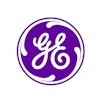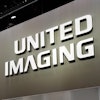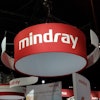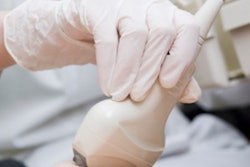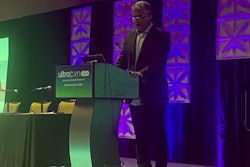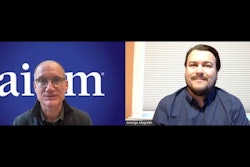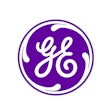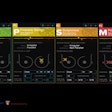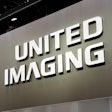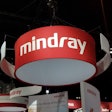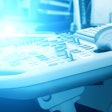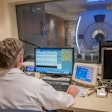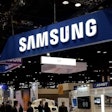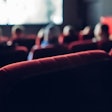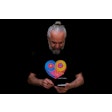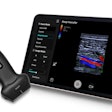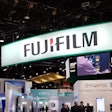Health in outer space, emerging technologies, and fellowship are a few things that attendees can look forward to at the 2025 American Institute of Ultrasound in Medicine (AIUM) annual conference, March 29 to April 1.
The event is projected to have nearly 1,000 attendees and exhibitors this year in Orlando, FL, along with research and keynote presentations offering the latest insights and research on ultrasound.
“It will give [attendees] an opportunity to hear from world leaders in terms of specific areas that may be of interest to them,” said Richard Hoppmann, MD, AIUM’s president.
The conference every year attracts ultrasound practitioners from various specialties, including cardiac, ob/gyn, musculoskeletal, breast, and interventional imaging, among others. Hoppmann said the multidisciplinary nature of ultrasound will expose attendees to diverse ideas and approaches that they can bring back to their practices.
“There’s just so much going on right now in the world of ultrasound,” he added. “There will be many components that they can take back and apply to their practice for both patient care and efficiency of practice.”
Three keynote speakers will present at this year’s conference. One is Leroy Chiao, PhD, who was part of the Advanced Diagnostic Ultrasound in Microgravity (ADUM) project.
The ADUM project investigated the performance of diagnostic medical applications in space. Ultrasound images from space from a variety of body regions have been shown to be of diagnostic quality. Furthermore, nonexpert operators were easily trained in ultrasound skills in this environment.
Chiao, a former NASA astronaut and commander of the International Space Station (ISS) will share personal stories of his time in space and how developing diagnostic applications in space can help in developing modern healthcare solutions on Earth.
In the same session as Chiao, Scott Dulchavsky, MD, PhD, from Wayne State University in Detroit, MI, will discuss how ultrasound can provide diagnostic information for clinical conditions that may occur during spaceflight. A principal investigator for NASA, Dulchavsky is a member of the Space Technology Hall of Fame for his work with ultrasound technologies used in space flights that are now adapted for practice on Earth.
And Ali Rezai, MD, from West Virginia University in Morgantown, will speak about ultrasound’s emerging therapeutic applications, including using high-intensity focused ultrasound (HIFU) to treat Alzheimer's and addiction. Rezai has developed treatments for Parkinson's disease and other brain disorders.
As for the name change from UltraCon, Hoppmann said “The Ultrasound Event” encompasses both traditional and emerging uses of the modality.
Richard Hoppmann, MD, president of the AIUM, discusses why the institute rebranded the annual conference from UltraCon.
The use of AI with ultrasound will also be on display at the conference. Research presentations and exhibitors will showcase how the technology is assisting ultrasonic diagnosis of pathologies while also aiding practitioners in their workflows.
“I think you’re going to continue to see AI play a bigger role just like it has in all of our lives on a day-to-day basis,” Hoppmann said. “It’s also important in education in terms of using AI to help users better use ultrasound. We want to give the membership the things that they need in ultrasound, AI, and what has great application for them.”
Professionals of all experience levels can take several things away from this conference and into their practices. These include understanding the excitement within the world of ultrasound and being encouraged to stay up to date with trends in the modality’s use. Hoppman added that the conference gives attendees the opportunity to expand their network by seeing old colleagues and perhaps connecting with new ones.
“Ultrasound, because of the advances, is really changing how we teach and practice medicine to the advantage of patients, patient care, and access to care,” he said. “When you get a sense of that, they [attendees] are playing a role in that. We want them to continue to pursue all the changes in ultrasound.”
